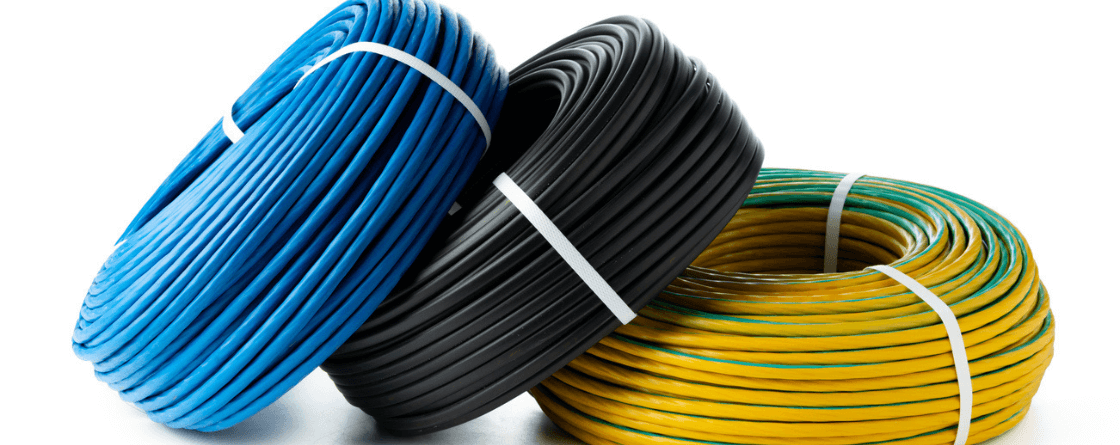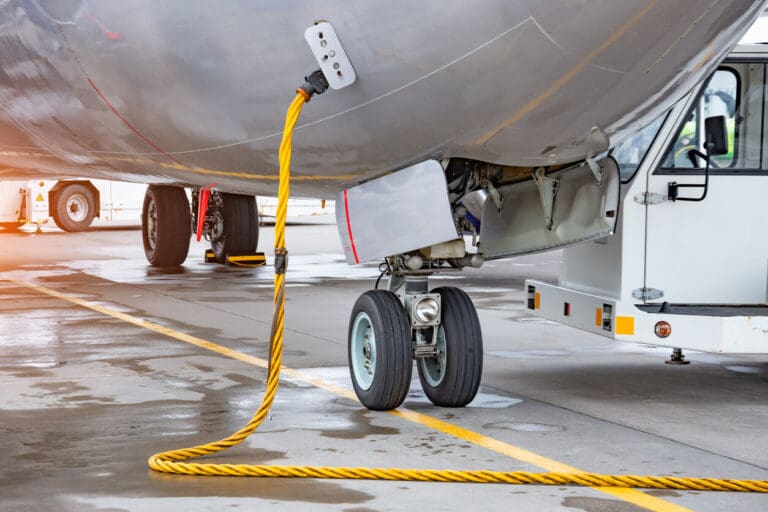
Are Motorsport Cables the Hidden Upgrade Behind Faster Lap Times?
Motorsport teams chase marginal gains in every area of the car, yet many still treat...
Read More
Selecting a cable supplier is an engineering decision. Experienced engineers know that reliable UK cable suppliers publish capacity, commit to 100% test, and hand over serialised results you can audit. On our side, we run DfM/DfT reviews, build prototypes to FAI/FAIR, and save IR/hi‑pot or IL/RL/OTDR reports against each serial number. When changes arise, we progress ECR/ECO with revision‑controlled drawings and BOMs so your FAT closes cleanly and schedules hold.
Executive summary: Choose reliable UK cable suppliers to cut lead time risk, help you pass FAT first time, and maintain audit‑ready quality. Demand ISO/AS/IPC workmanship, 100% test with serialised results, and a published capacity model with risk‑part buffers. Keep sensitive data onshore and require a documented ECR/ECO trail so changes land on travellers the same shift.
Manufacturers are bringing supply chains closer to home to reduce disruption risk and improve control. Reshoring has become a strategic priority, with many sectors recognising that UK cable suppliers sit in the critical path for operational resilience. Energy costs, sustainability pressures, and skills shortages mean buyers need partners who can withstand volatility and still deliver.
Policy signals also matter: UK policy includes deeper network‑charge relief for energy‑intensive users from 2026 and a scheme targeting up to £40/MWh electricity cost reductions by 2027, improving cost visibility over the medium term. The combination of structural risk reduction and better energy cost visibility makes reliable UK cable suppliers a strategic asset rather than a tactical purchase.
Audit note: When we audit suppliers, we ask to see IPC operator training records with signatures and revision dates. It’s the quickest way to see whether standards live on travellers and inspection stages, not just on a certificate.
For copper assemblies, that means continuity, insulation resistance, and hi‑pot. For low‑ohm verification, specify four‑wire Kelvin measurement to remove lead resistance error. For fibre and RF, require insertion loss/return loss and, where specified, OTDR with the event table saved. Every result should tie to a serial number, with Certificates of Conformance included in the pack.
Good reports show measured values (not just pass/fail), tester/equipment ID with calibration due date, operator sign‑off, and drawing/BOM revision. If any of those are missing, you cannot audit the build. We can capture MTP/MPO end‑face images to IEC 61300‑3‑35 and archive them with the test pack for traceability.
Failure modes we see:
Unstable supply chains add risk to programmes. Reliable UK cable suppliers reduce exposure by holding buffer stock of critical components, offering shorter lead times through local logistics, and managing capacity planning so schedules stay predictable.
Market conditions remain choppy. Builds can freeze over a £2 connector. Reliable UK suppliers tag such parts as risk items, hold a small buffer, and publish approved substitutions on your BOM. When lead times stretch unpredictably, unit price becomes a secondary risk. The reliable partner reduces lead‑time variance through logistics you can audit and clear escalation paths when engineering changes land.
Every unplanned day costs: line stoppages, missed SLAs, and site call‑outs. Reliability pays for itself in avoided downtime.
Energy cost is now a strategic risk. Suppliers who invest in efficiency and manage consumption protect clients from price shocks. On the shop floor, energy‑efficient crimping presses and automated cut/strip cells lower energy use and defect rates at the same time. Ask for evidence of energy management and steps to stabilise consumption. Those actions correlate with fewer supply shocks and cleaner Scope 3 reporting for your programme.
Many manufacturers now cascade Scope 3 requirements to suppliers; ask for the measurement method and last quarter’s report. Reliable partners can produce them on request.
Skills remain a constraint across UK manufacturing. Dependable cable suppliers counter this with apprenticeships, T‑Level placements, operator cross‑training, and digital work instructions. That investment stabilises throughput when labour availability tightens, which keeps critical assemblies moving.
Critical industries, from defence to telecoms, need suppliers who manage sensitive information securely. We restrict drawing access by role, use controlled file transfer (no email on live BOMs), and maintain visitor logs plus export control screening. Suppliers should also put in place comprehensive Non-Disclosure Agreements (NDAs) where required to ensure confidentiality and proper handling of intellectual property. During audits, ask any supplier to demonstrate this full trail of controls and documentation.
Specify EN 45545 materials, verify route/strain‑relief at vehicle interfaces, and sample torque on cable glands. For exposed connectors, require salt‑spray testing and ensure labelled packs match operator audit templates. For rolling stock, a mislabelled loom can sideline a unit; label verification at FAT prevents that. Experienced engineers also record gland and backshell torque at final inspection to lock in reliability under vibration and thermal cycling. (See rail.)
Build in ISO Class 8 and maintain full material lot traceability for your DHF/technical file. Where relevant, request biocompatibility evidence on patient‑contact materials.

Motorsport teams chase marginal gains in every area of the car, yet many still treat...
Read More
The wiring harness is a high-risk single point of failure in any complex system. If...
Read More
The wiring harness is the highest risk, lowest profile element in flight-critical infrastructure. When your...
Read MoreReady to talk cables, fibre or full network solutions? Get in touch with our team today, we’re here to help.